Bentley’s Batur Convertible is the final swan song for Bentley’s twin-turbocharged W12 engine. Sleek droptop will be limited to 16 units and helps conclude an era of performance for both Bentley and Volkswagen.
When Volkswagen first unleashed the W-12 engine in 2001, it represented a bold performance statement from a company that was known for being reserved. The bespoke engine was created by mashing two VR6 engines together and while it was best known for its use in various Bentley models over the years, it also made cameo appearances in other vehicles including the Audi A8, Volkswagen Phaeton, Spyker C12, and even the Volkswagen Touareg SUV.
However, all good things must come to an end, and for Bentley, its plans to go all-electric meant that the seemingly immortal W-12 had to be sacrificed for the greater good and is preparing the mighty twelve-cylinder for retirement. But before it goes away into the pages of automotive history, the mighty twelve-cylinder is preparing one last concerto of fun with the help of the 2025 Bentley Batur Convertible.
Batur Convertible is wild fashion statement
The exterior styling of the Batur is all about being noticed with the Batur convertible sharing the same core styling theme as the coupe. That includes the large chrome front grille, aggressive LED headlights and the wide rear end with the trunk getting an integrated spoiler. The Batur convertible gets a fabric roof to help cut weight with Bentley saying that the roof can be raised or lowered in 19 seconds and can do the deed at speeds up to 30 mph.
The interior is strictly a two-seat affair with buyers being referred to the Continental GT convertible if they need rear seats to haul their golf bags or their children on long journeys. Get comfortable and you’ll discover an oasis of luxury and technology with Bentley designers throwing everything but the kitchen sink at the Batur to make it stand out in the eyes of its well-heeled clientele. Buyers looking for more personalization options will be pleased to hear that the brand will offer a massive laundry list of personalization features including access to the Mulliner suite of add-ons.
Downsizing will play a prominent role in Bentley’s future
The W-12’s departure marks a pivotal turning point for Bentley as the company attempts to embrace an electrified future with the company eventually offering an all-electric lineup. However, the company also knows that progress needs to be achieved in measured steps and that’s why the first phase of this plan will see Bentley invest heavily into hybrid and PHEV models.
In the case of the W-12, it will be replaced by an all-new “Ultra Performance Hybrid” engine which will be its new flagship engine moving forward. While the W-12 did inspire Volkswagen to create a smaller W-8 engine in the past, the company will not be going this route again for its new downsized powerplant. Instead, the replacement engine will be based on a smaller V-8 with the company saying that it will surpass the Batur’s 740 hp and also eclipse other iterations of the W-12. It will also offer more torque but Bentley is keeping key details a closely guarded secret.
The company did say that the new engine will be used in a new lineup of “daily supercars” and while the W-12 managed to cut its fuel consumption by 25% during its time in production, this smaller V-8 promises to deliver even more efficiency to consumers looking to stretch their fuel saving dollar further.
More VW Group Stories
- Bentley and Ducati Reveal Limited Edition Motorbike
- Bentley Boss Abruptly Steps Down, Takes Job With Aston
- First Drive: 2024 Atlas Cross Sport – A Sportier Atlas?
Bentley’s EV future is facing the headwinds of reality
The new downsized V-8 sounds like it will be an exciting replacement for the W-12, but the engine can’t mask the fact that Bentley has also been dealing with some challenges that have forced it to push back its EV goals. The company originally said that it would offer an all-EV lineup by 2030, but it has since been forced to push that date back to 2033. Meanwhile, the debut of the brand’s first EV model has also been pushed forward to 2026 with the model now scheduled to go to consumers in 2027.
In the meantime, the W-12’s departure ends a unique era of performance at Volkswagen, but that doesn’t mean that the German automaker has forgotten about making wild engines for some of its most bespoke models. The Lamborghini Revuelto will still be powered by a V-12 engine and the Bugatti Chrion’s replacement will get a hybrid V-16 engine.

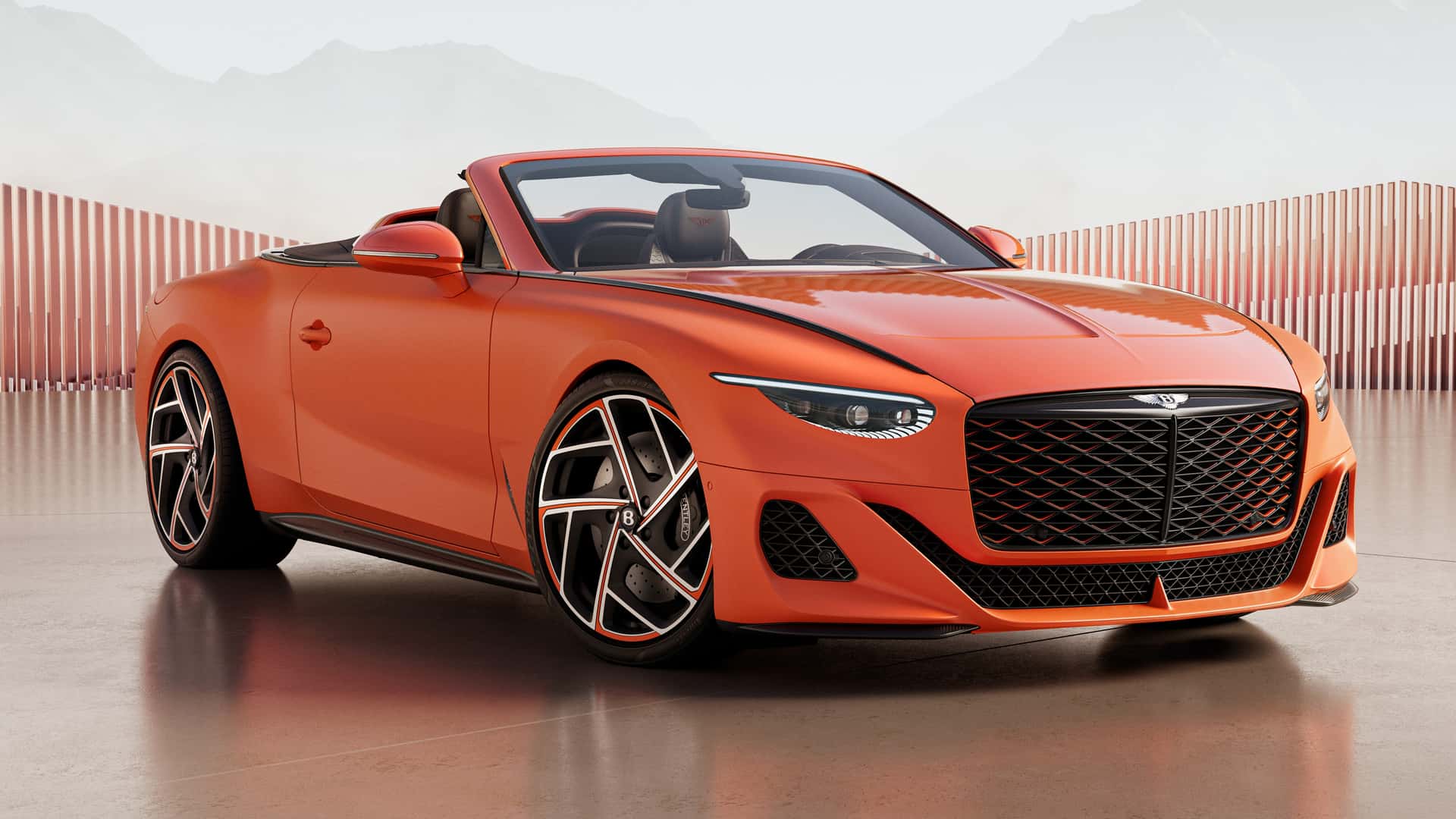
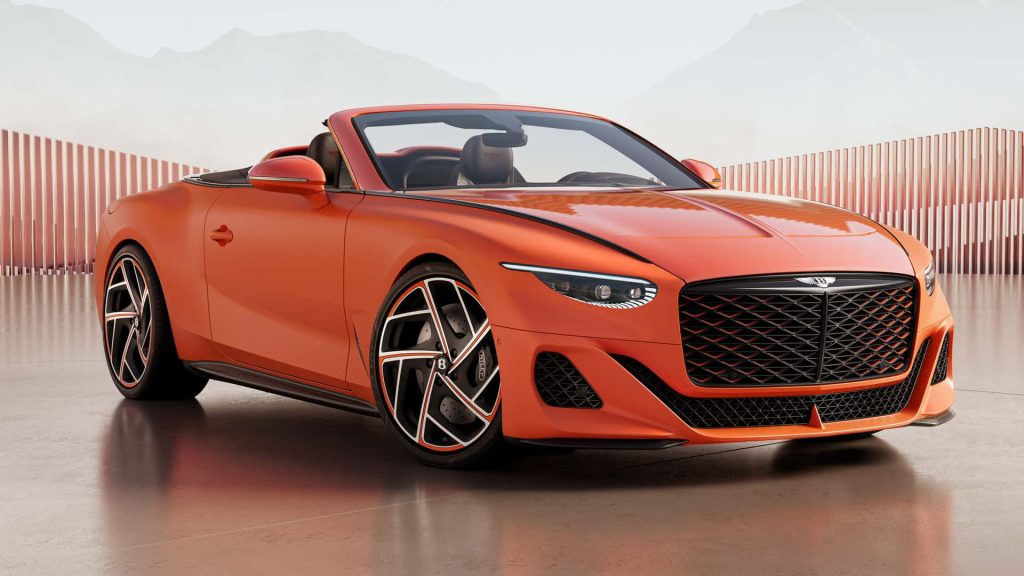
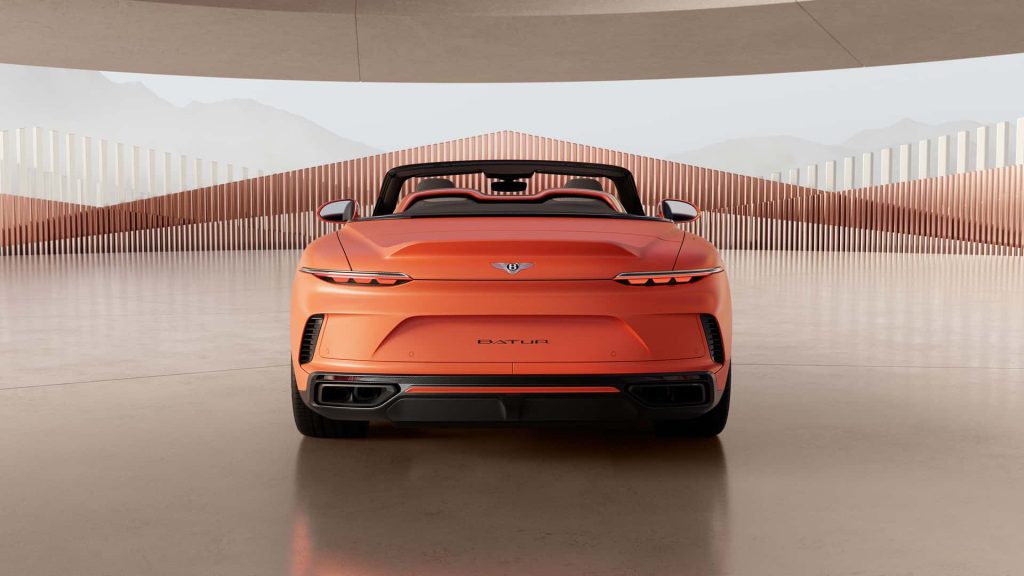
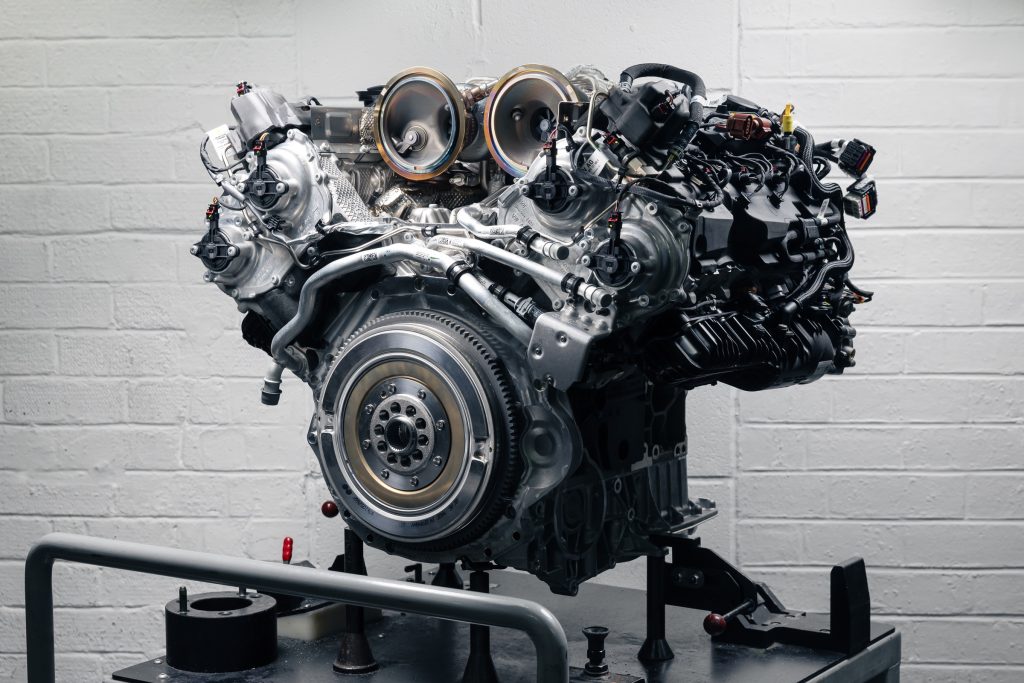
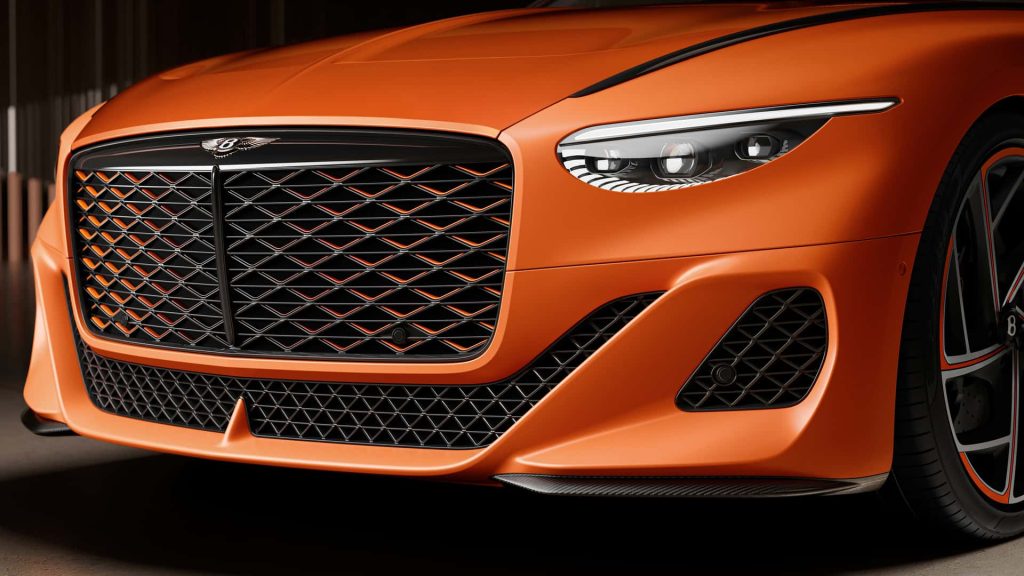
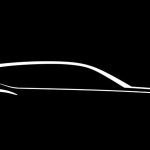
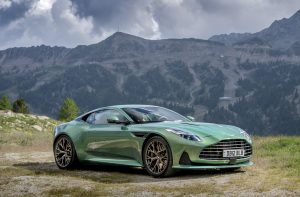
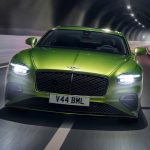




0 Comments